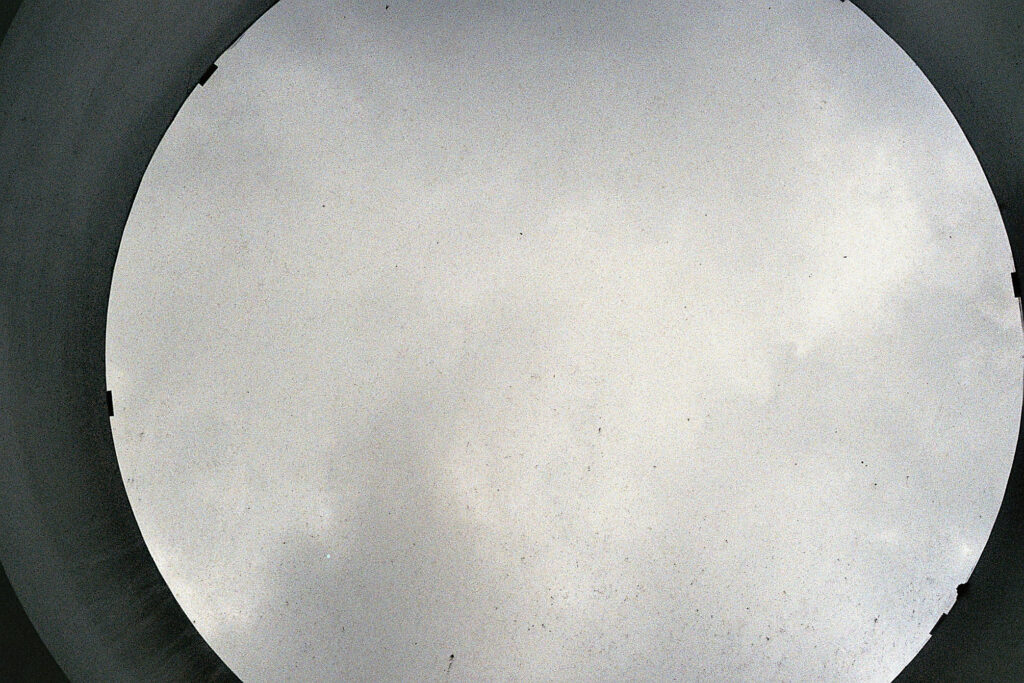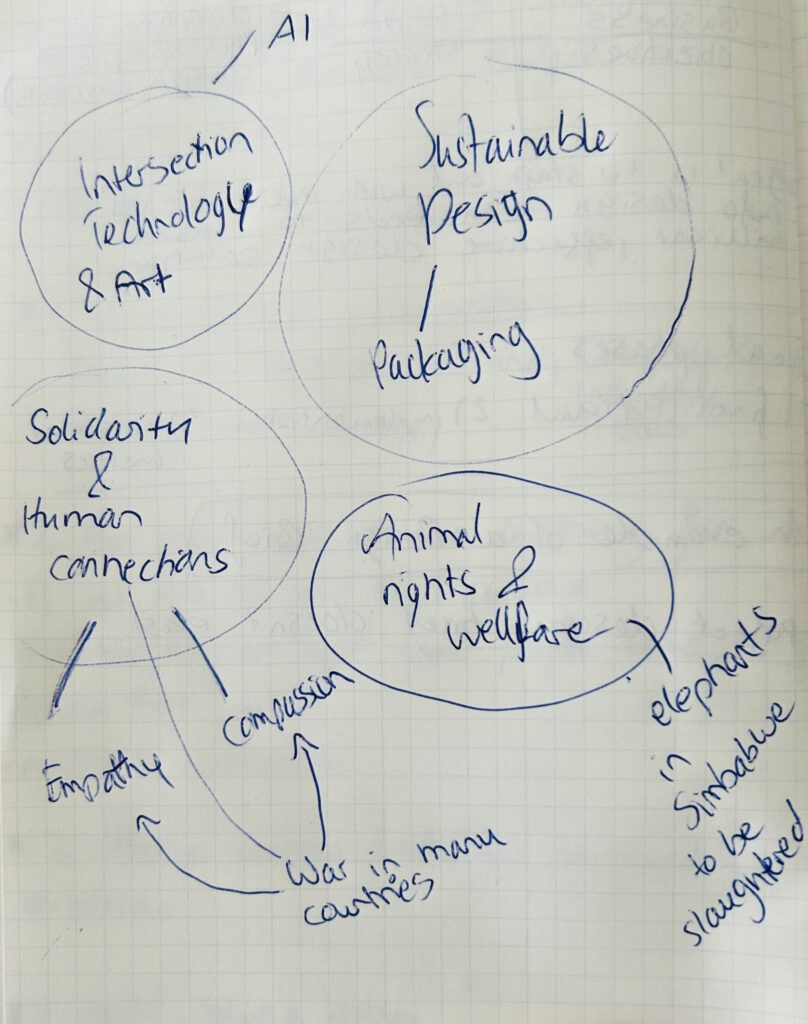
Week 1
Happy to be back the studies and my 2nd module. Looking forward to exploring my creative side again. My original plan during semester break didn’t work out as intended. I previously had hoped to get more skilled with all the basic adobe creative suit programs. But work and life and moving to a new apartment didn’t really allow me to do so.
Research task:
Assess the field of communication within which you want to develop your self initiated project. Who are the designers, artists and makers that are critical to this area of design? How might their work inform your own creative direction? Make notes about the topics that interest you and consider the characteristics of your personal interests, identity and experiences.
As i am relatively new to the field of (graphic) design its quite a task for me to focus on one area only. It feels like there is a variation of possibilities to explore our there for me. I am interested in learning more about typography and its uses. Ranging uses in packaging to 3D Design, to book design or animations.
Recently I started listening to a podcast called Women at Work by Heystudio. It’s about fields of design women work in. Adriana Mora for example talks about working as a 3D Designer, Talia Cotton about combining code and design, which is particularly interesting for me as i am working fulltime as a frontend web developer. I am also interested in Web design.
A while ago i took a certificate from the UX Design Institute. I learned about the whole process of research, design and testing. I believe the knowledge i gained through this course will help me in any design related task and solving problems.
On the other hand i am quite drawn to “traditional” formats of creating. In the last module i was working mainly with my grandfathers old analog camera, and i really love the results i got from taking pictures with it (see below). Also i like to draw and paint in my free time.


When it comes to topics I would love to explore, I am interested in the following:

Research materials
In this weeks material several designers talk about how to identify the subject of a self initiated project. Veronica Fuerte from Heystudio states two ways: Starting a project from zero or starting from a client project or idea the client didn’t like (this option is not a possibility for me as i am not working in the field of design).
For Vince Frost it’s the general attitude of staying open to life’s possibilities and having events with other designers as a way to give back to the community and connect.
When it comes to structuring and planing a self initiated project Christoph Miller mentions that there are long term projects often funded by residency or short term ones, that take only 2 – 3 weeks of intensive work. But in general one has to be flexible and plan the self initiated project work around commercial work.
Creating the perfect Design Brief (Phillips, P.):
- needs to contain all info & data necessary for every stakeholder in the process
- format depends on type of design & style of the company (author prefers narrative format).
- its not about the length of the brief but about completeness and usefulness
- in order to establish a clear message we need an understanding of what concepts need to be communicated
- include other factors such as budget, time, target audience, competition
- includes business and design strategies
- is a roadmap and contract
Essential elements:
- project overview & background
- category review (specific industry)
- target audience (can be multiple)
- company portfolio (company and activities described as complete as possible)
- business objectives & design strategy (problem solving)
There is no perfect design brief, but it’s important to be prepared, knowing what is necessary to make the project a success.



No Comment